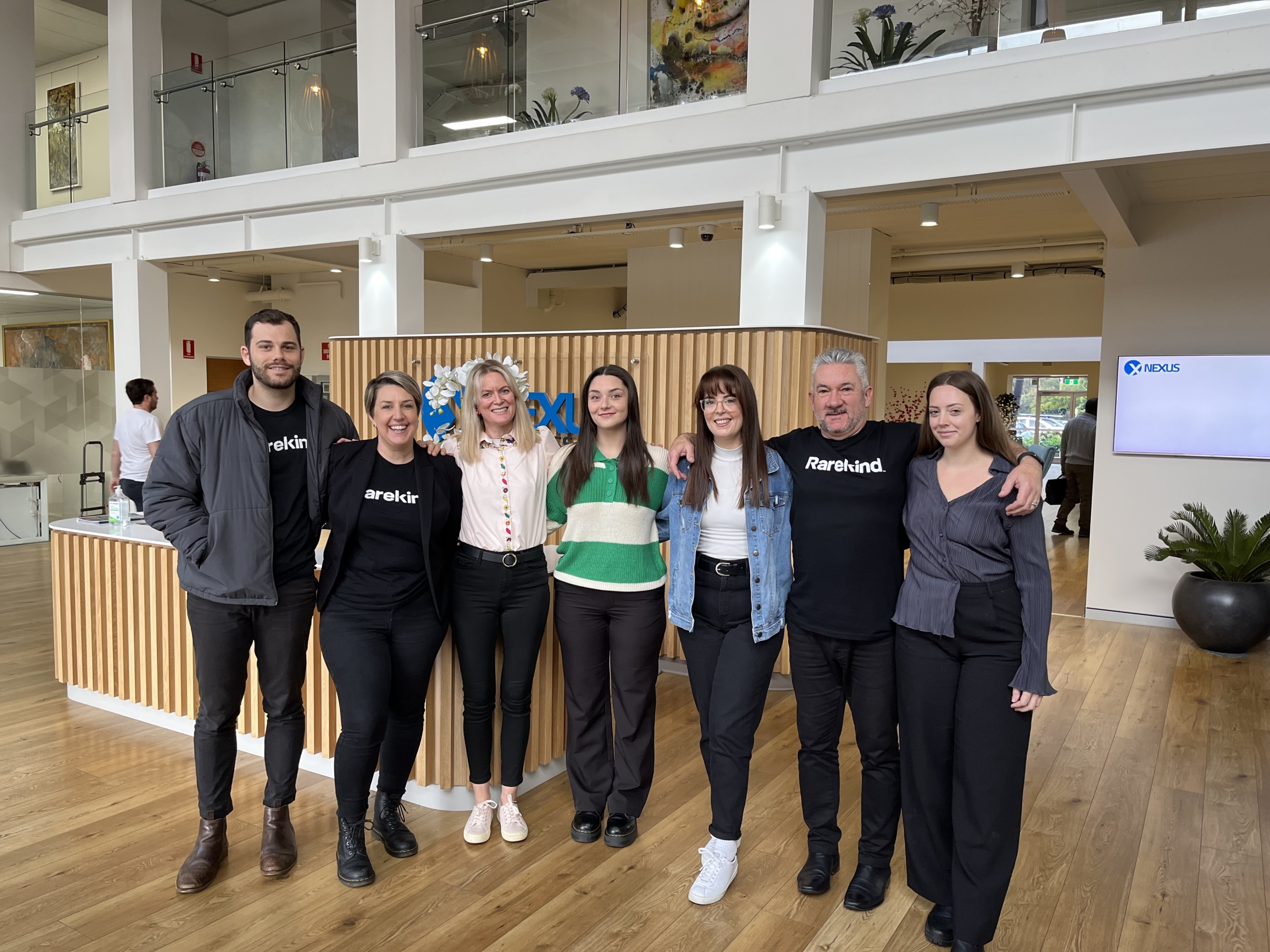The number of co-working or flexible office spaces has risen from about 78 sites six years ago to more than 400 in Australia’s two main capital cities as employers respond to growth in the gig economy and the demands of millennial workers.
WeWork general manager, Australia and New Zealand, Balder Tol, said the industry in Australia is gaining momentum.
“We’re seeing increased demand for flexibility and finding that larger companies are choosing a collaborative workspace in order to be part of a dynamic, more creative and entrepreneurial environment,” Mr Toll said.

“More and more, bigger businesses are understanding the impact workspace can have on culture and employee performance.”
The sector is now estimated to comprise about 20 per cent of the global office leasing market.
The main players in Australia are WeWork, Hub Australia, GPT’s Space & CO, Wotso, Servcorp and the new entrant from Singapore, JustCo. There is also Dexus Place and a range of individual smaller operators.
In Sydney and Melbourne, the number of flexible workspace sites increased from 78 or about 30,000 square metres in 2013 to more than 400 sites or 295,000 sqm in 2018, according to Hub Australia’s head of property John Preece.
While flexible, or co-working offices have been in operation since the mid-1980s, the change of working lifestyles with hot-desking, improved technology and demand by younger staff to work away from the office, have seen an explosion of this sector.

Most new office towers now have at least one or more “flex” floors for leasing, and owners of older properties are now incorporating a form of co-working space in the building or the foyer.
AMP Capital has redesigned the foyer of its Angel Place building in Sydney where tenants and non-tenants have access to Wi-fi, quiet hubs or communal desks near a coffee shop.
“We expect that in a few years’ time there will be an expectation that all landlords will provide some form of co-working spaces or flexible work options – it will become the norm, just like we have seen with end of trip and concierge services,” said AMP Capital managing director of office and industrial Luke Briscoe.
Mr Briscoe said the two anchor tenants for Quay Quarter Tower, at 50 Bridge Street, Sydney – AMP and Deloitte – are focused on flexible working options, in order to scale up and down for example on project work, as well as provide different environments for their people.
“To provide this flexibility we have set aside two floors, totalling about 4000 square metres, dedicated to flexible working solutions for them.”
JLL’s head of office leasing Australia Tim O’Connor said the expansion of “flexible space providers actually generate new demand”.

“A high proportion of businesses in Australia employ less than 20 people. The start-up community is typically characterised by a high degree of uncertainty and co-working operators allow these businesses to take flexible lease agreements that can evolve with the business,” Mr O’Connor said.
“Melbourne and Sydney have been the clear leaders of take-up since 2015. Combined, these markets have accounted for more than 113,800 sqm or 75 per cent of total flexible space take-up that is greater than 1000 square metres in size.”
GPT was the first Australian real estate investment trust to open a co-working/flexible workspace in 2014, with the launch of Space&Co. at Melbourne Central.
Space&Co now has venues in Sydney at 580 George Street and in Melbourne at 2 Southbank, 8 Exhibition Street, Melbourne Central and 530 Collins Street.
Rather than just independent professionals and freelancers, more than half of Space&Co’s members are existing GPT tenants, who are looking for more flexible space.
“These large corporates are choosing to augment traditional leases with flexible space as business needs arise,” GPT’s head of office & logistics Matthew Faddy, said.
Leases impact
“Tenants and landlords will now move rent rolls from being fixed to flexible and that will fundamentally shift the office leasing sector,” Mr Badenhort said.
“Co-working is an evolution of the workplace and we are predicting significant growth.”
Hub Australia chief executive and founder, Brad Krauskopf, said the demand for quality co-working space was not slowing down, especially in Sydney where office vacancy has hit 4.1 per cent which is the lowest level since 2000.
JLL’s head of research – Australia Andrew Ballantyne said working patterns are evolving and people value flexibility in their working life.
“Organisations will embrace this model as it allows them greater flexibility in how they manage their real estate requirements. Most mid-to-large size organisations will have core space and utilise flexible space provided directly by a landlord or co-working operator as the business expands or project space is required,” Mr Ballantyne said.
In Melbourne, JLL’s senior director, office leasing James Palmer said in the March quarter, co-working provider JustCo entered the Melbourne market, leasing three separate spaces totalling 16,970 sqm.
“These three leases had the greatest impact on positive net absorption for the Melbourne CBD this quarter comprising 56 per cent of total net absorption,”Mr Palmer said.

By Carolyn Cummins
Carolyn Cummins is Commercial Property Editor for The Sydney Morning Herald.





